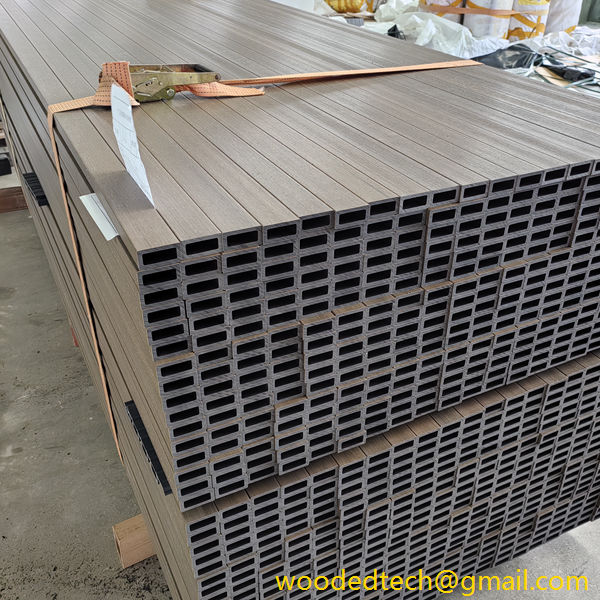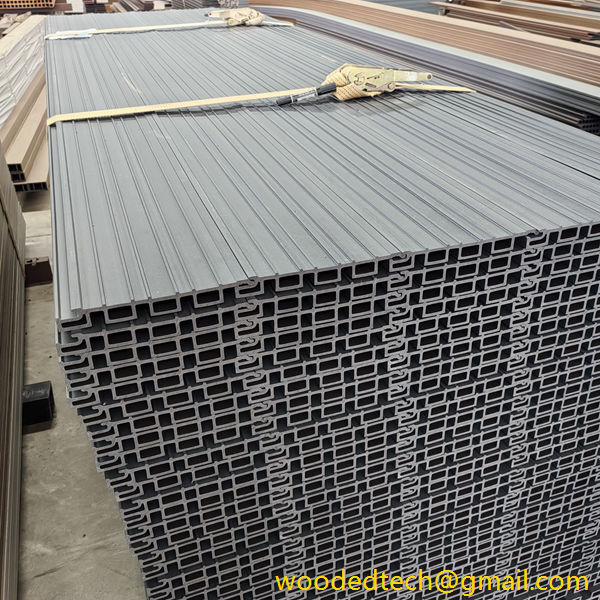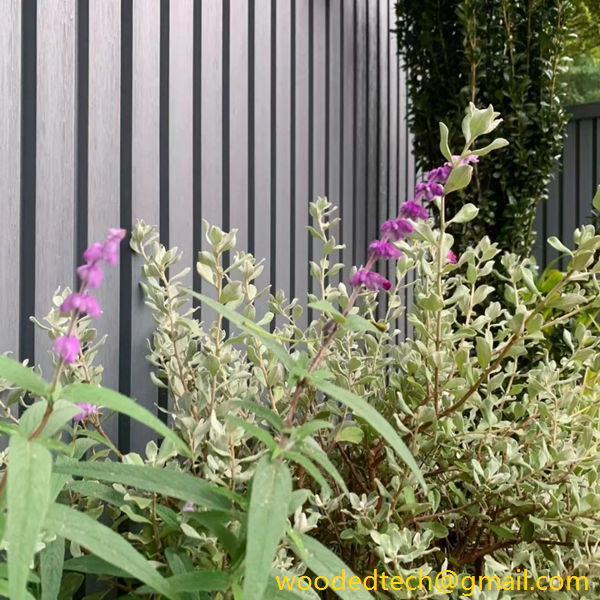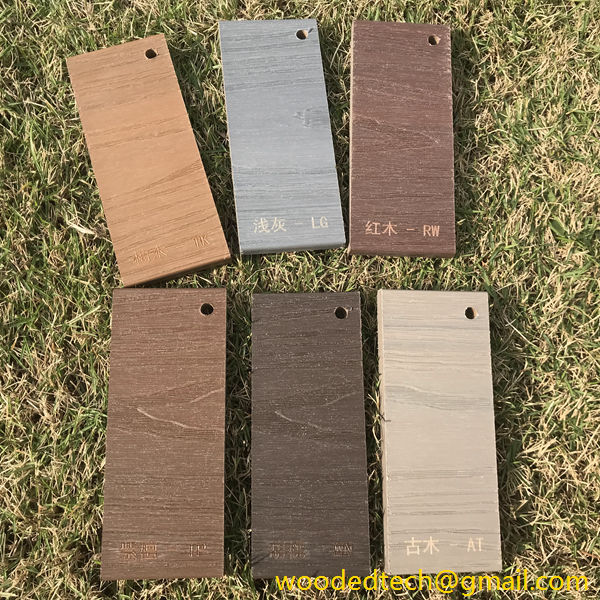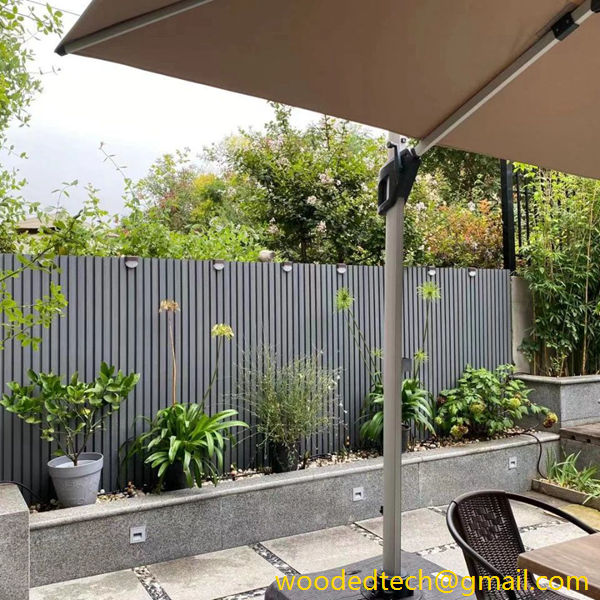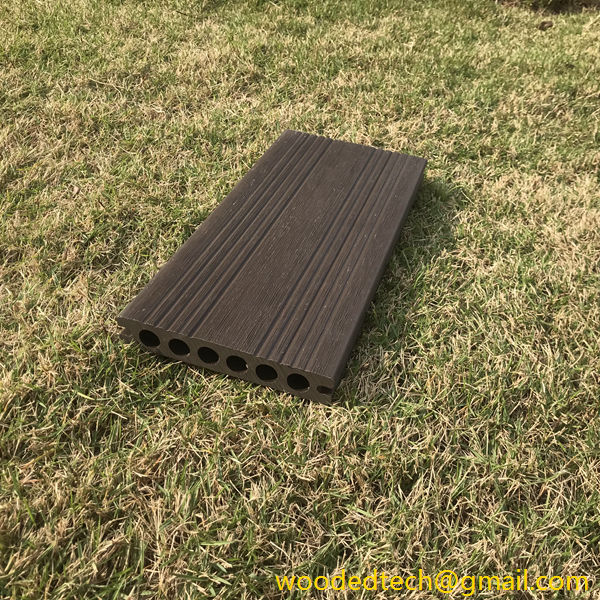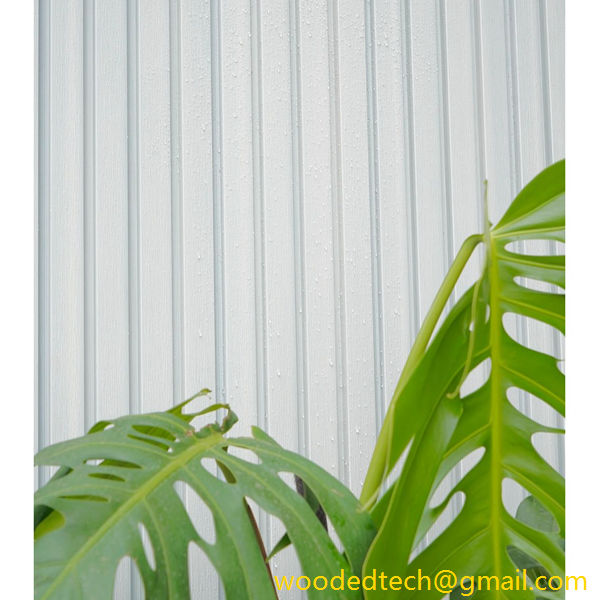How to Cut WPC Wall Panel: Step-by-Step Instructions for Cutting WPC Wall Panels
How to Cut WPC Wall Panel: Step-by-Step Instructions for Cutting WPC Wall Panels Cutting WPC (Wood Plastic Composite) wall panels can seem daunting at first, but with the right tools and techniques, you can achieve clean and precise cuts with relative ease. WPC wall panels are popular for their durability, resistance to moisture, and low…
How to Cut WPC Wall Panel: Step-by-Step Instructions for Cutting WPC Wall Panels
Cutting WPC (Wood Plastic Composite) wall panels can seem daunting at first, but with the right tools and techniques, you can achieve clean and precise cuts with relative ease. WPC wall panels are popular for their durability, resistance to moisture, and low maintenance requirements, making them an excellent choice for various applications. This article will guide you through step-by-step instructions for cutting WPC wall panels, ensuring that your project is both efficient and successful.
Preparation is key before you begin cutting your WPC wall panels. Start by gathering the necessary tools and materials. You will need a measuring tape, a straight edge or ruler, a marker or pencil, a circular saw or a jigsaw, and safety gear such as goggles and a mask to protect yourself from dust and debris. Additionally, make sure to work in a well-ventilated area to minimize exposure to any fumes or particles released during cutting.
Once you have gathered your tools, the next step is to measure and mark your panels. First, determine the dimensions of the area where you will install the panels. Measure the height and width accurately and take note of any obstacles or irregularities in the wall that may affect the installation. After you have the measurements, transfer them onto the WPC wall panels using a measuring tape and a straight edge. Use a marker or pencil to draw a clear line where you intend to cut. It is essential to double-check your measurements to avoid any mistakes that could lead to wasted materials.
Now that you have marked your panels, it is time to prepare for cutting. If you are using a circular saw, adjust the blade depth to match the thickness of the WPC panel. This will ensure a clean cut without damaging the panel or the blade. For jigsaws, use a fine-toothed blade specifically designed for cutting composite materials. Fine-toothed blades minimize chipping and provide a smoother finish.
Before you begin cutting, make sure to secure the WPC panel to a stable surface. You can use clamps to hold the panel in place, preventing it from moving during the cutting process. This step is crucial for achieving accurate cuts and ensuring your safety. If you do not have clamps, consider using a workbench or sawhorses to support the panel.
Once everything is set up, it is time to start cutting. Put on your safety gear, making sure your goggles and mask are fitted correctly. Begin cutting along the marked line, maintaining a steady pace and applying gentle pressure. If you are using a circular saw, let the saw do the work; do not force it through the material. For a jigsaw, guide the blade along the line without applying excessive pressure, allowing the blade to cut through the panel smoothly.
As you cut, keep an eye on the progress and ensure that you are following the marked line accurately. If you notice any splintering or chipping, consider adjusting your technique or checking the blade condition. Once you have completed the cut, carefully remove the panel from the work surface and inspect the edges. If there are any rough spots or imperfections, you can use a fine-grit sandpaper to smooth the edges, ensuring a professional finish.
After cutting all your panels, it is important to clean up the workspace. Collect any debris or dust created during the cutting process and dispose of it properly. This not only keeps your workspace tidy but also helps maintain a safe working environment.
Installing WPC wall panels is the next step after cutting. Before proceeding, ensure that the wall surface is clean and free of any obstructions. If necessary, apply a suitable adhesive or use screws to secure the panels in place. Follow the manufacturer’s guidelines for installation, as they may have specific recommendations for achieving the best results.
One of the great advantages of using WPC wall panels is their low maintenance nature. Once installed, these panels require minimal upkeep, making them an excellent choice for busy households or commercial spaces. They are resistant to moisture, making them ideal for areas prone to humidity, such as bathrooms and kitchens. Cleaning is as simple as wiping down the surface with a damp cloth and mild detergent, ensuring that your panels look new for years to come.
In conclusion, cutting WPC wall panels is a straightforward process that can be accomplished with the right tools and techniques. By following the steps outlined in this article, you can achieve clean and precise cuts, ensuring a successful installation. The low maintenance nature of WPC wall panels makes them a practical choice for any space, providing both aesthetic appeal and durability. With careful preparation and execution, your project will not only be efficient but will also result in a beautiful and functional finish that enhances your environment.

